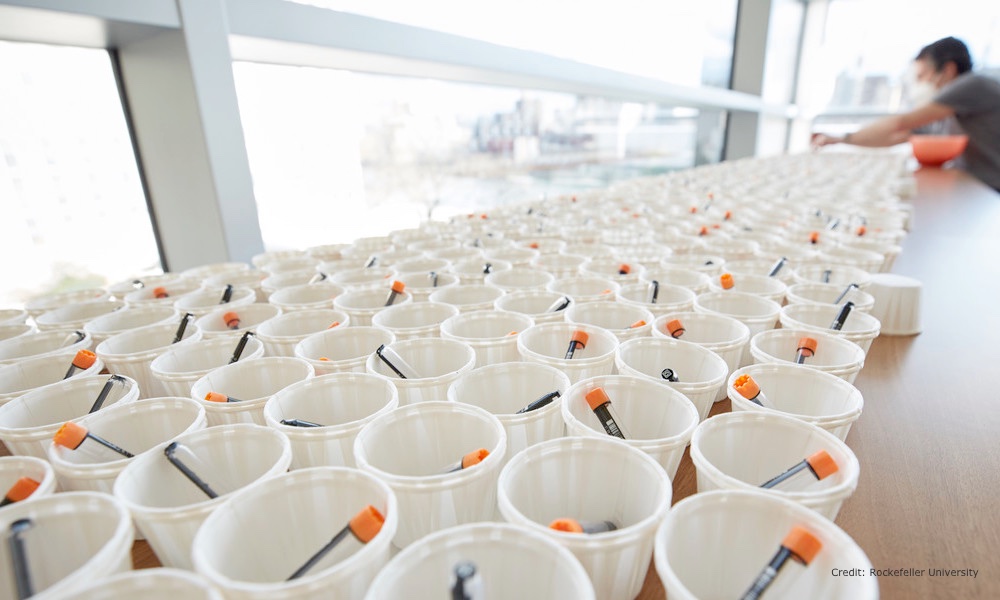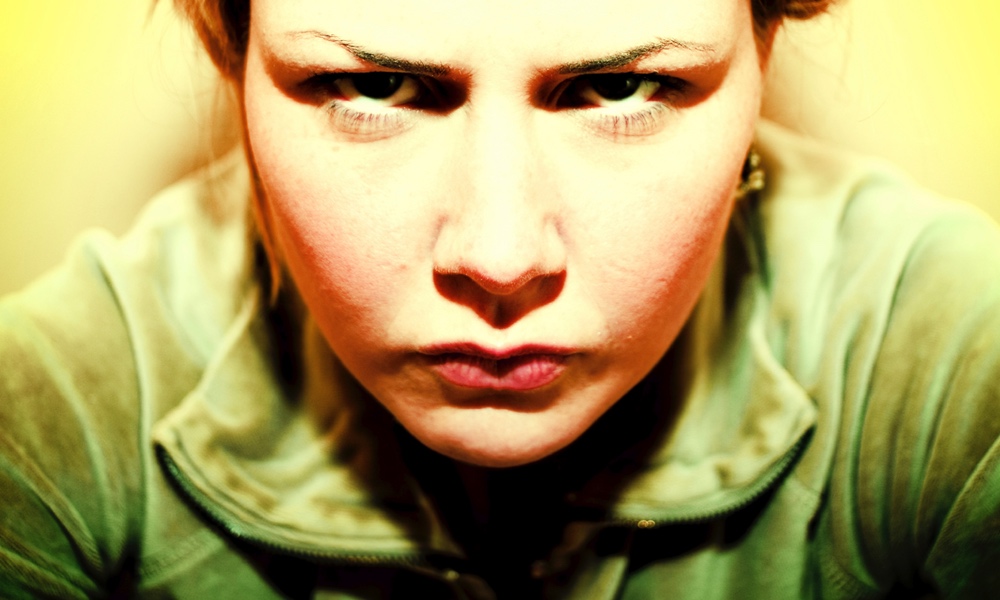Some people who have taken the COVID-19 nasal swab test describe the procedure as irritating, still others say it can be excruciating.
Luckily, the way we test for COVID is evolving — and a different method may be the answer. A new study reported in the journal PLOS ONE confirms there’s a simple, fast and painless saliva test that’s not only safe and effective — it appears to be even more accurate than the nasal swab test.
There’s a compelling story behind the development of the salvia test. At a time when the pandemic was raging, demand for COVID-19 testing was high and supplies like swabs, masks, gloves and vials were dwindling. That’s when Rockefeller University’s Robert B. Darnell, the Robert and Harriet Heilbrunn professor and head of the Laboratory of Molecular Neuro-Oncology, developed a new diagnostic COVID saliva test called, appropriately enough, DRUL.
There are plenty of advantages to the DRUL test. It’s easy to take because it can be done at home and then safely sent to a lab. The saliva test is also inexpensive, costing only around $2 per test. In comparison, Medicare pays up to $100 for every commercial test it conducts. But best of all, there is no discomfort with DRUL. It merely involves spitting into a cup.The DRUL test caught cases the nasal swab test missed.
DRUL has been approved as a clinical diagnostic test in New York State, and it has been used throughout the Rockefeller campus, initially with their essential employees and then as a weekly screening program run out of Darnell’s lab. This testing enabled Rockefeller’s Child and Family Center for children of employees to reopen safely in the summer of 2020.
But a big question remained. Was the easy DRUL test as accurate as the less comfortable swab test? In order to find out, researchers from Rockefeller University took a two-pronged approach. First, they analyzed how many viral copies the DRUL test could catch per volume of fluid. The test was considered a success because it detected a single viral particle in one microliter of saliva which is comparable to even the most sensitive analysis. The team also ran 30 nasal swabs that had already tested positive for COVID-19 through the DRUL platform. It caught all thirty.
Next the researchers compared 162 results from volunteers who took both a swab and a saliva test. As predicted, almost all came back negative. But four that were either negative or indeterminate on the swab test were positive in the DRUL analysis. What’s more, three of those samples belonged to participants who went on to develop symptomatic COVID. In other words, the DRUL test caught cases the nasal swab test missed.
“This research confirms that the test we developed is sensitive and safe,” Darnell said in a statement. “It is inexpensive, has provided excellent surveillance within the Rockefeller community, and has the potential to improve safety in communities as the pandemic drags on.”The DRUL test can be done at home; it’s inexpensive; and best of all, there is no discomfort. You just spit into a cup.
Over 65,000 DRUL tests have been performed at Rockefeller thus far, and now other institutions are coming onboard including the Howard Hughes Medical Institute research campus, Stop COVID-19 and New York City's integrated healthcare system. Darnell has also shared his testing protocol with colleagues at the University of Washington, the University of California Berkeley, Columbia University, Michigan State University, The Massachusetts Institute of Technology and the Max Planck Institute.
As more institutions look to DRUL and its spit-in-a-cup technology, fewer folks will have to deal with the discomfort of nasal swab testing. That’s COVID news we can put in the plus column.
The study is published in PLOS ONE.





